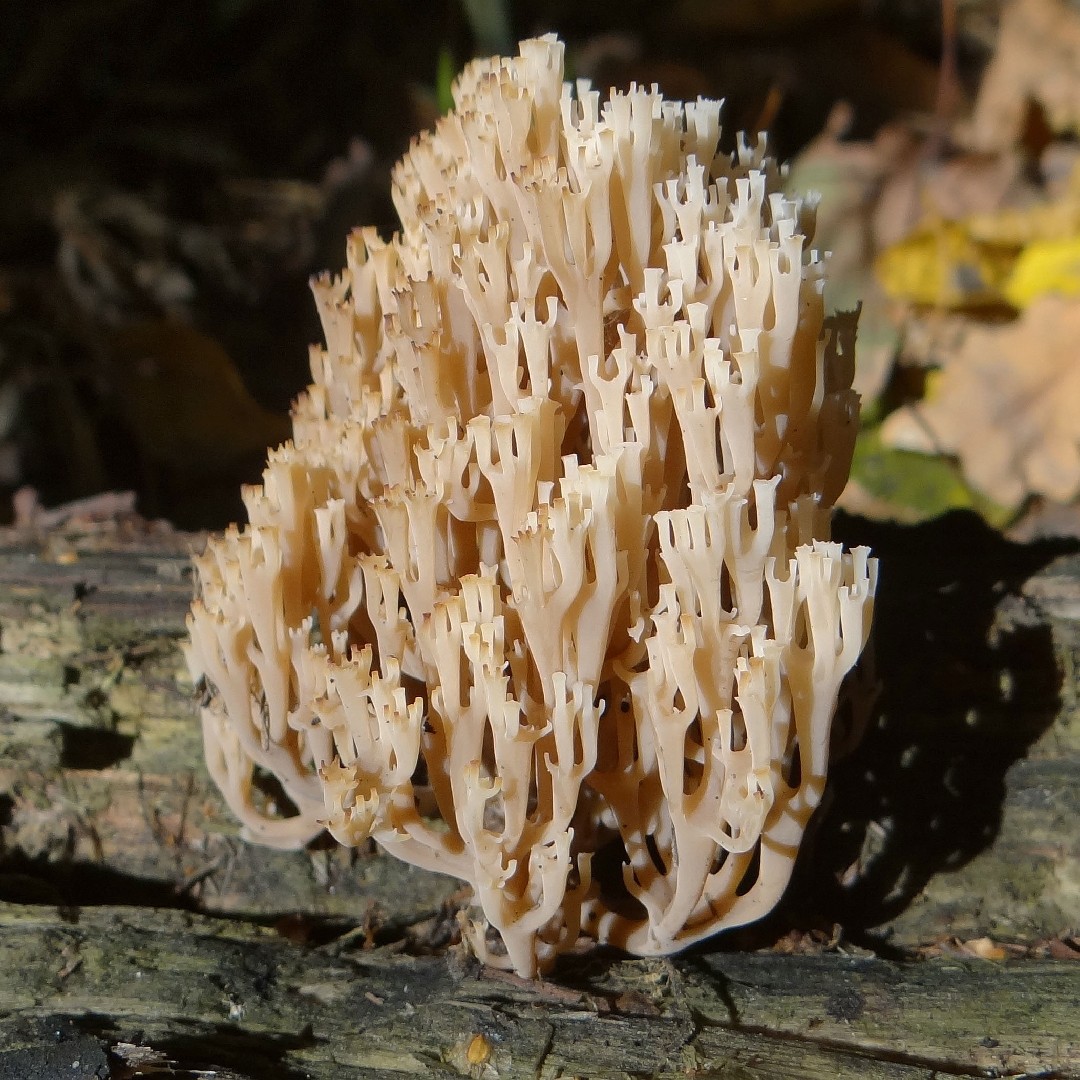Auriscalpiaceae
Scientific name: Auriscalpiaceae
Auriscalpiaceae
Scientific name: Auriscalpiaceae
 Photo By Jerzy Opioła , used under CC-BY-SA-3.0 /Cropped and compressed from original
Photo By Jerzy Opioła , used under CC-BY-SA-3.0 /Cropped and compressed from original Description
The fruit body of auriscalpiaceae is fibrous when fresh and becomes stiff when dry. It is a small species rarely exceeding 6 cm in height, with a cap usually smaller than an adult's fingernails. The cap flesh is composed of two distinct layers: a thin, compact, black-brown and hairy upper layer, and a thick, soft, white to light brown lower layer that is made of thin, thread-like filaments arranged in a roughly parallel fashion. The stem is similarly divided, with a thin, dark and hairy cortical layer covered by hairs, which encircles inner ochre-colored flesh.